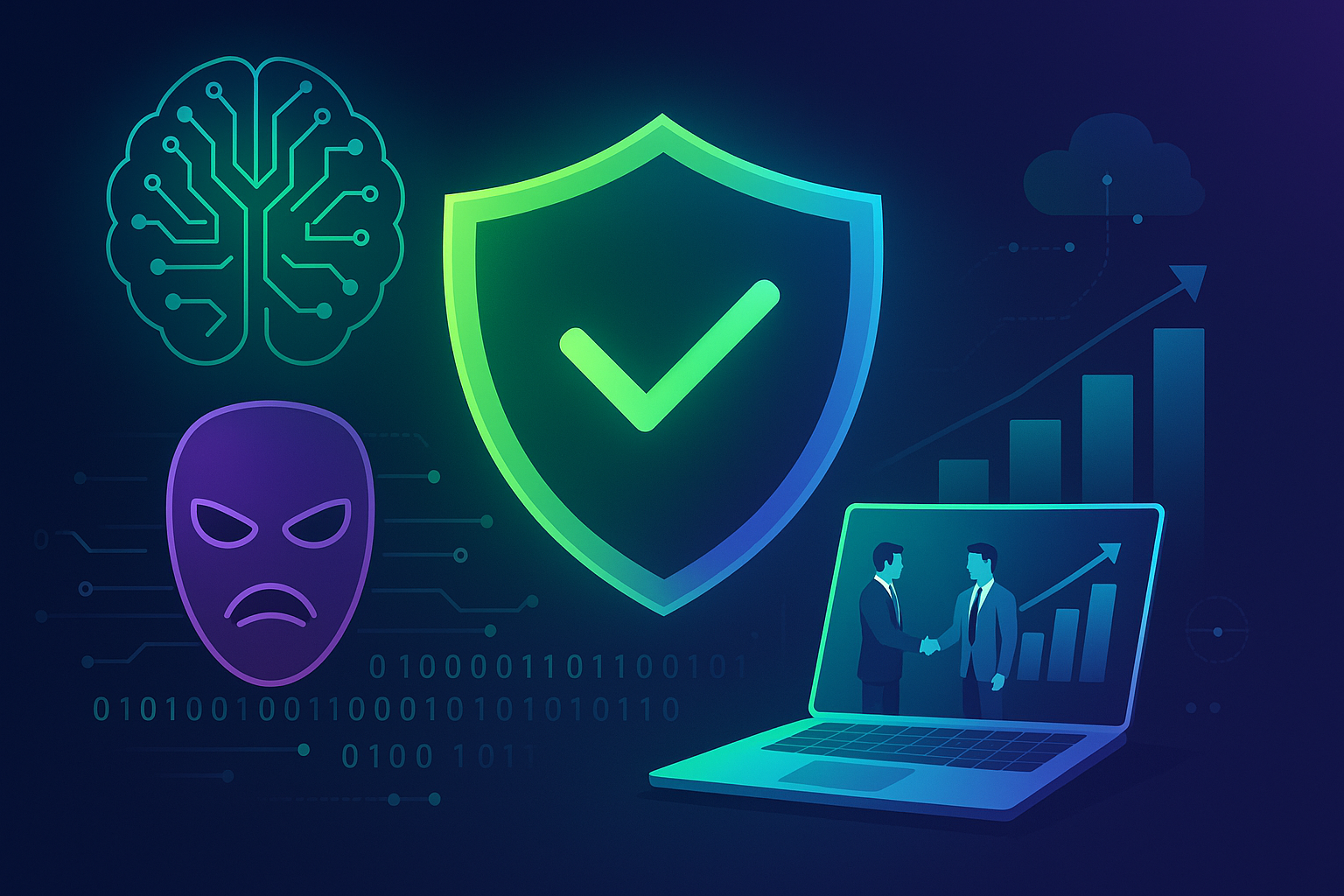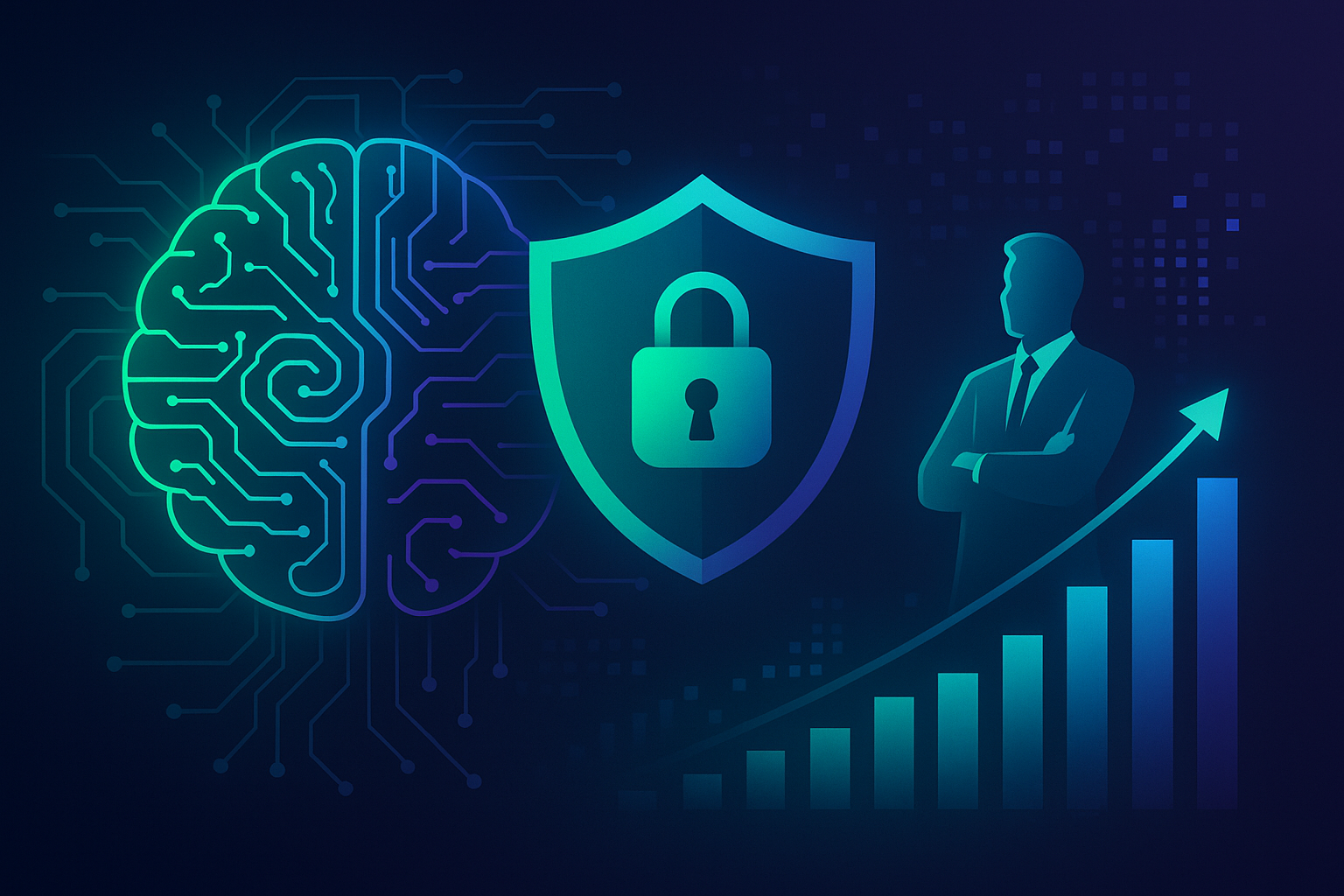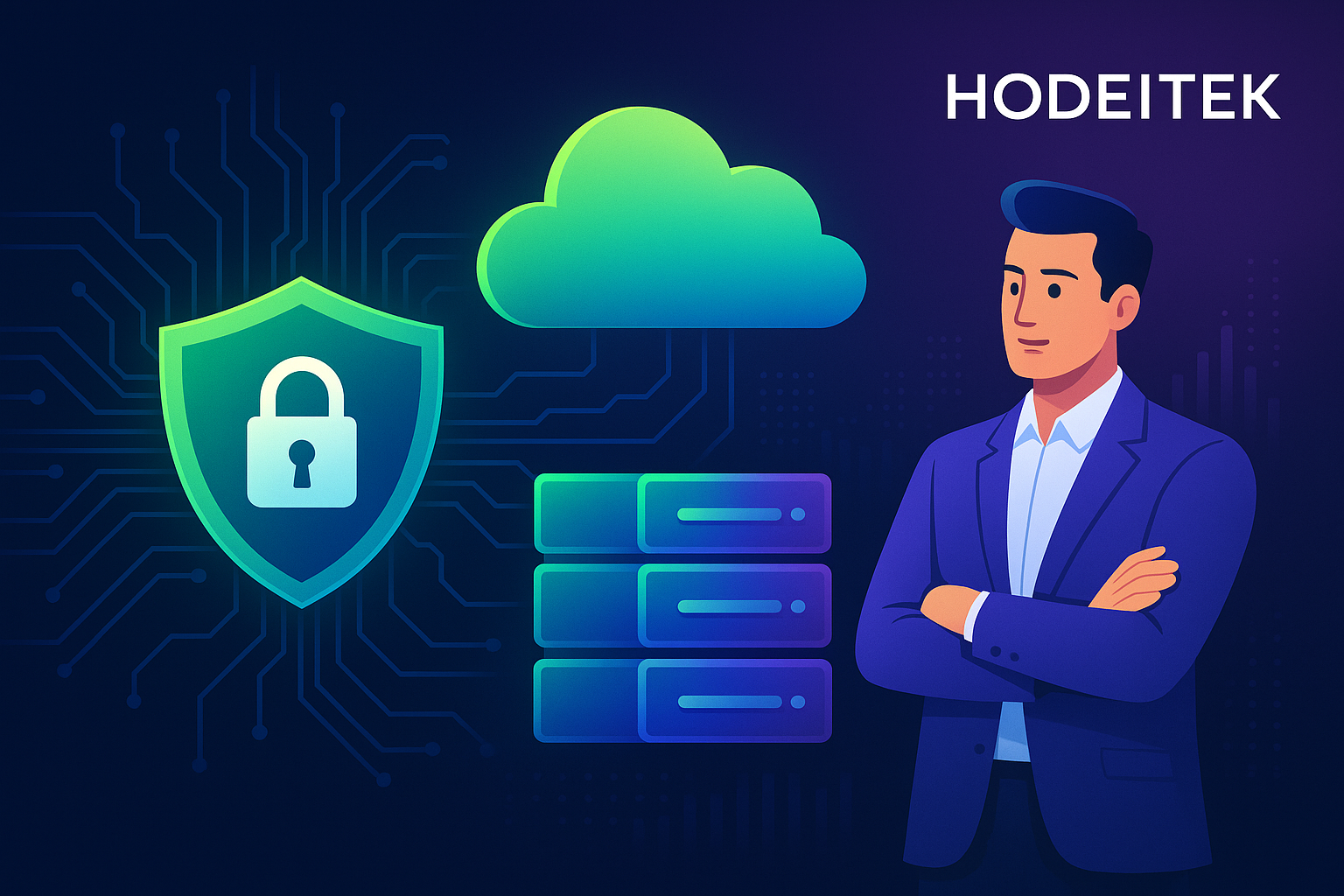The Stealthy Evolution of PowerShell Phishing: Analyzing Its Potential Threats and Solutions
In September 2024, a new wave of phishing campaigns utilizing Windows PowerShell scripts was discovered, unveiling a sophisticated method that exploits the largely trusted scripting language to bypass security measures. Understanding the potential risk of this methodology is crucial for businesses globally, particularly within Europe and Spain, where digital transformation is rapidly increasing the attack surface. This article delves into the nature of this threat, its implications for cybersecurity, and actionable strategies & solutions that organizations can implement to safeguard their data and infrastructure.
Understanding the PowerShell Phishing Threat
Phishing attacks have evolved from simple email fraud to sophisticated social engineering tactics designed to exploit vulnerabilities in technological infrastructures. The recent Windows PowerShell phish is a prime example. PowerShell, a task automation and configuration management framework, is highly integrated into the Windows operating system, providing attackers with a potent tool to execute malicious scripts undetected.
Cybersecurity experts, as highlighted in notable investigations like those by Krebs on Security, stress that PowerShell’s native presence on most Windows systems allows malware to hide in plain sight. These scripts, often delivered via misleading emails or compromised websites, can automate tasks that compromise systems, exfiltrate data, and establish persistent remote access.
Cybersecurity Measures to Mitigate PowerShell-Based Attacks
Diving deeper into preventive strategies is essential to combat such sophisticated attacks. Embracing a multi-layered defense approach is necessary, utilizing cutting-edge cybersecurity solutions.
-
EDR, XDR, and MDR Solutions
Endpoint Detection and Response (EDR) and its advanced counterparts, XDR and MDR, provide comprehensive monitoring and analysis capabilities to detect sophisticated threats like PowerShell scripts. These solutions not only identify threats in real-time but also provide critical context and remedial actions. Learn more about EDR, XDR, and MDR solutions.
-
Next Generation Firewall (NGFW)
NGFWs enhance network security by including features such as real-time threat intelligence and intrusion prevention capabilities, crucial in detecting anomalous scripts execution patterns indicative of PowerShell phishing. Explore our Next Generation Firewall services to fortify your network perimeter.
-
Vulnerability Management as a Service (VMaaS)
Regular vulnerability assessments help in early identification of exploitable weaknesses in systems that PowerShell-based attacks could leverage. Our VMaaS can proactively guard against potential entry points for attackers.
-
SOC as a Service (SOCaaS) 24×7
A Security Operations Center (SOC) provides a centralized approach to security operations, enabling real-time threat monitoring and response. Implementing SOCaaS ensures continuous protection and faster incident response capabilities.
-
Industrial SOC as a Service (SOCaaS) 24×7
The industrial sector is not immune to such threats, making Industrial SOCaaS crucial for safeguarding operational technology environments against innovative phishing tactics targeting industrial control systems (ICS).
-
Cyber Threat Intelligence (CTI)
CTI involves collecting and analyzing information about current and potential cyber threats. By integrating CTI services, businesses can preemptively adopt defenses against PowerShell scripts based on emerging threat landscapes.
-
Data Loss Prevention (DLP)
DLP mechanisms protect against inadvertent or malicious leaks of sensitive information, a common goal in phishing attacks. Our DLP services ensure your data remains protected against unauthorized access or disclosure.
-
Web Application Firewall (WAF)
A WAF shields web applications from exploitation, a potential vector for delivering PowerShell scripts. Discover our WAF solutions to secure your online assets against advanced threats.
A Broader Context and Global Implications
The impact of PowerShell-based phishing extends beyond immediate technical vulnerabilities. As remote work continues to gain traction, the reliance on digital tools and cloud services to facilitate business operations increases, exposing organizations to heightened security risks.
According to a report by the European Union Agency for Cybersecurity (ENISA), cyber threats, including phishing campaigns, have been on the rise, with a notable 47% increase in phishing-related data breaches over the past year in Europe alone. This underscores the urgent need to adopt robust cybersecurity frameworks that can adapt to diverse and evolving threat landscapes.
Furthermore, cybersecurity policies might need to consider legislative frameworks that demand stronger corporate responsibility, possibly amalgamating technology with regulatory compliance. Ensuring that businesses adhere to GDPR and other data protection laws while actively enhancing their security posture should be a priority.
Conclusion: Stay Protected with Hodeitek
In a world where technological advancements also bring sophisticated threats, staying ahead necessitates a proactive and comprehensive cybersecurity strategy. By implementing layered security measures, such as our Cybersecurity services, organizations can better defend against nuanced threats like the recent PowerShell phishing campaigns.
For businesses looking to bolster their cybersecurity defenses, we recommend exploring our wide array of services tailored to protect your infrastructure comprehensively. Our team of experts is ready to assist with creating a robust security framework to tackle current and emerging threats effectively. Contact us today for a consultation and take the first step toward securing your digital landscape.
Act now to ensure your company’s valuable data and operations are protected against the next generation of cyber threats.






